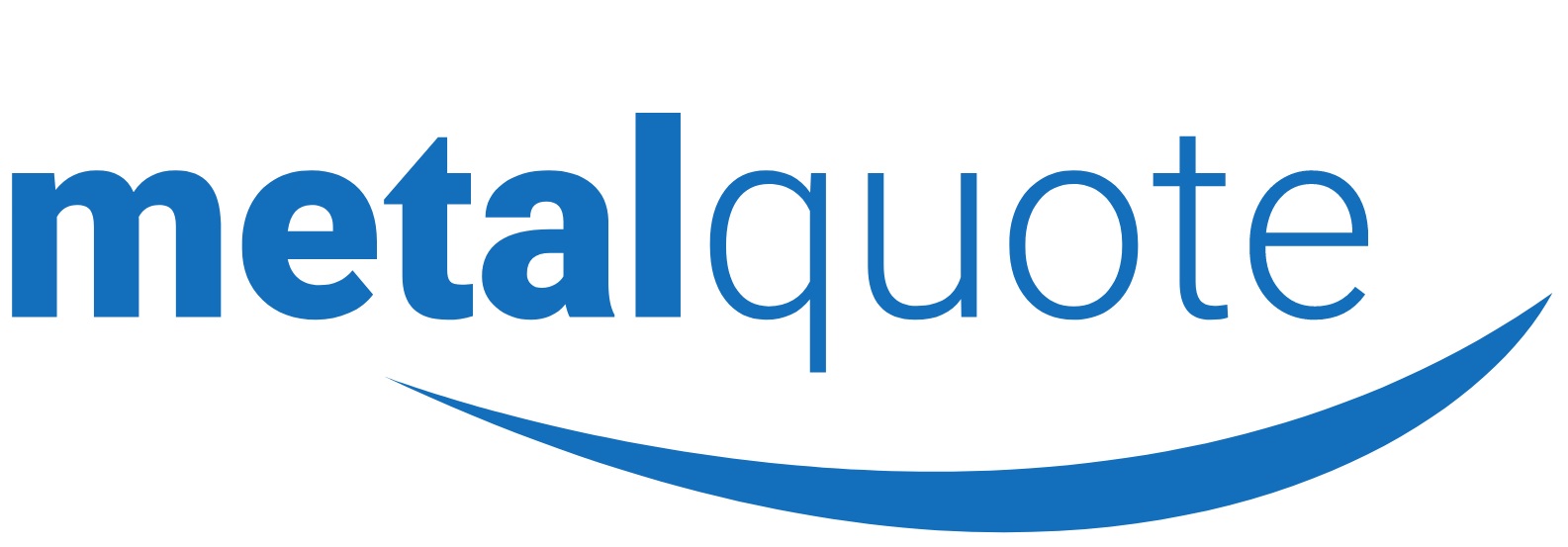(MB) Base metals prices on the London Metal Exchange were broadly positive on the morning of Monday May 14, with all of the metals, except for zinc (-0.1%), up by an average of 0.6%. Nickel and lead were the frontrunners with gains of 1.3% and 1.2% respectively. Volume on the LME has been average, with 4,689 lots traded as at 06.42 am London time. The precious metals were firmer across the board this morning, with the complex up by an average of 0.3% – gold prices were up by 0.1% at $1,319.87 per oz. Once again it looks as though gold prices have found support above $1,300 per oz and prices are attempting to work higher. Lead and nickel prices on the Shanghai Futures Exchange also led the way this morning, with prices up by 2.4% and 2.2% respectively. Copper prices were up by 0.2% at 51,580 yuan ($8,140) per tonne, tin prices were up by 0.3%, while aluminium and zinc prices were down by 0.3% and 0.2% respectively. Spot copper prices in Changjiang were up by 0.2% at 51,140-51,240 yuan per tonne and the LME/Shanghai copper arbitrage ratio has dropped to 7.42 from 7.51 for most of last week.
The base metals are quite diverse: In recent weeks it was aluminium that was leading the pack, now it is lead, nickel and copper, while aluminium and tin have been consolidating after recent weakness and zinc has been moving sideways. The easier dollar should provide some support for base metals’ prices, but the fact each metal is moving to its own tune, suggests underlying sentiment is neither bullish, nor bearish. We have said in recent weeks that if metals prices do not sell off given the raised geopolitical tensions, then it will be a sign that demand is not weak, but we still fell that in the current climate consumers may feel little need to chase prices higher.
Gold prices have once again found support above $1,300 per oz and prices are trading either side of $1,320 per oz. The pull-back in the dollar is no doubt helping support prices and the underlying geopolitical tensions are likely to providing support too. Silver has rebounded strongly, as have platinum and palladium. While prices may have found underlying support, there does not seem to be too much bullishness around. As such, we expect more rangebound trading.

